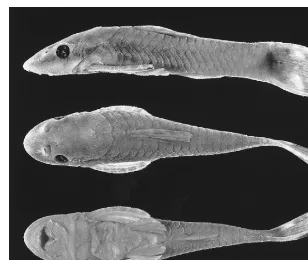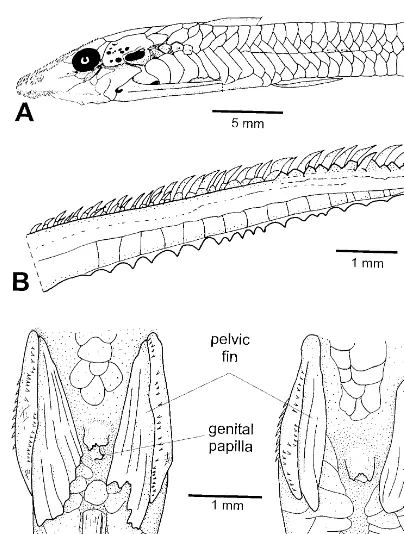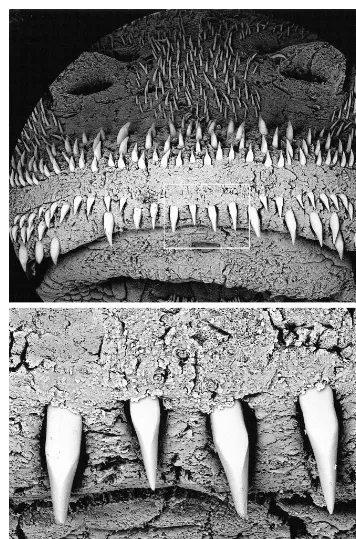A new species of Hisonotus (Siluriformes, Loricariidae) of the upper río Uruguay basin
Texto completo
Figure




Documento similar
It is generally believed the recitation of the seven or the ten reciters of the first, second and third century of Islam are valid and the Muslims are allowed to adopt either of
From the phenomenology associated with contexts (C.1), for the statement of task T 1.1 , the future teachers use their knowledge of situations of the personal
Díaz Soto has raised the point about banning religious garb in the ―public space.‖ He states, ―for example, in most Spanish public Universities, there is a Catholic chapel
Our results here also indicate that the orders of integration are higher than 1 but smaller than 2 and thus, the standard approach of taking first differences does not lead to
In the preparation of this report, the Venice Commission has relied on the comments of its rapporteurs; its recently adopted Report on Respect for Democracy, Human Rights and the Rule
Through the analysis of the Basque protest lip dub and the videos of police misconduct filmed by civilians we have tried to highlight the emerging role of
The new species possesses cervical alae abruptly interrupted at mid-length of esophageal bulb form an acute angle, distinguishing it from 5 of the 17 species in the genus.. The
The species can be distinguished from all others of the genus by the head and pronotum metallic, dark blue; the elytra metallic purplish, green or golden; the head round, with
